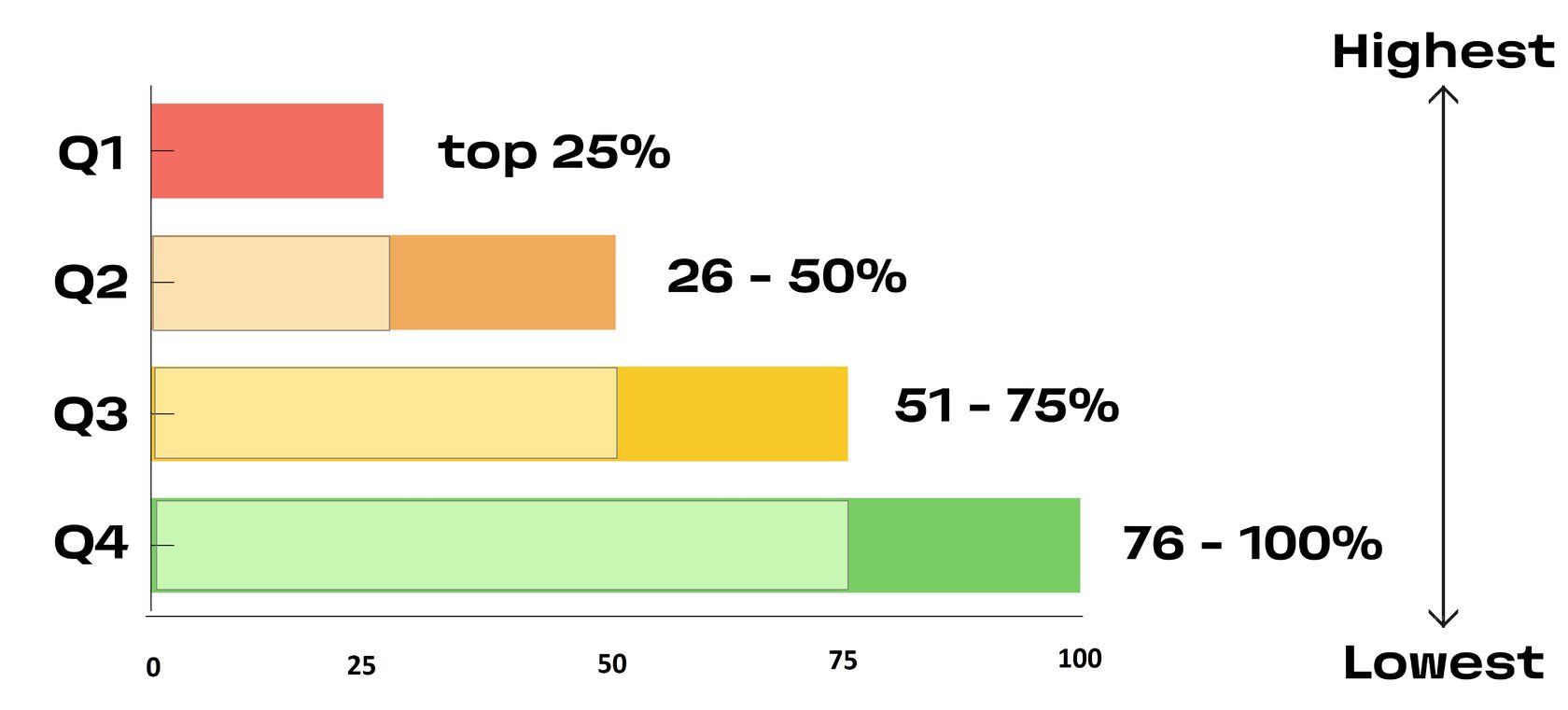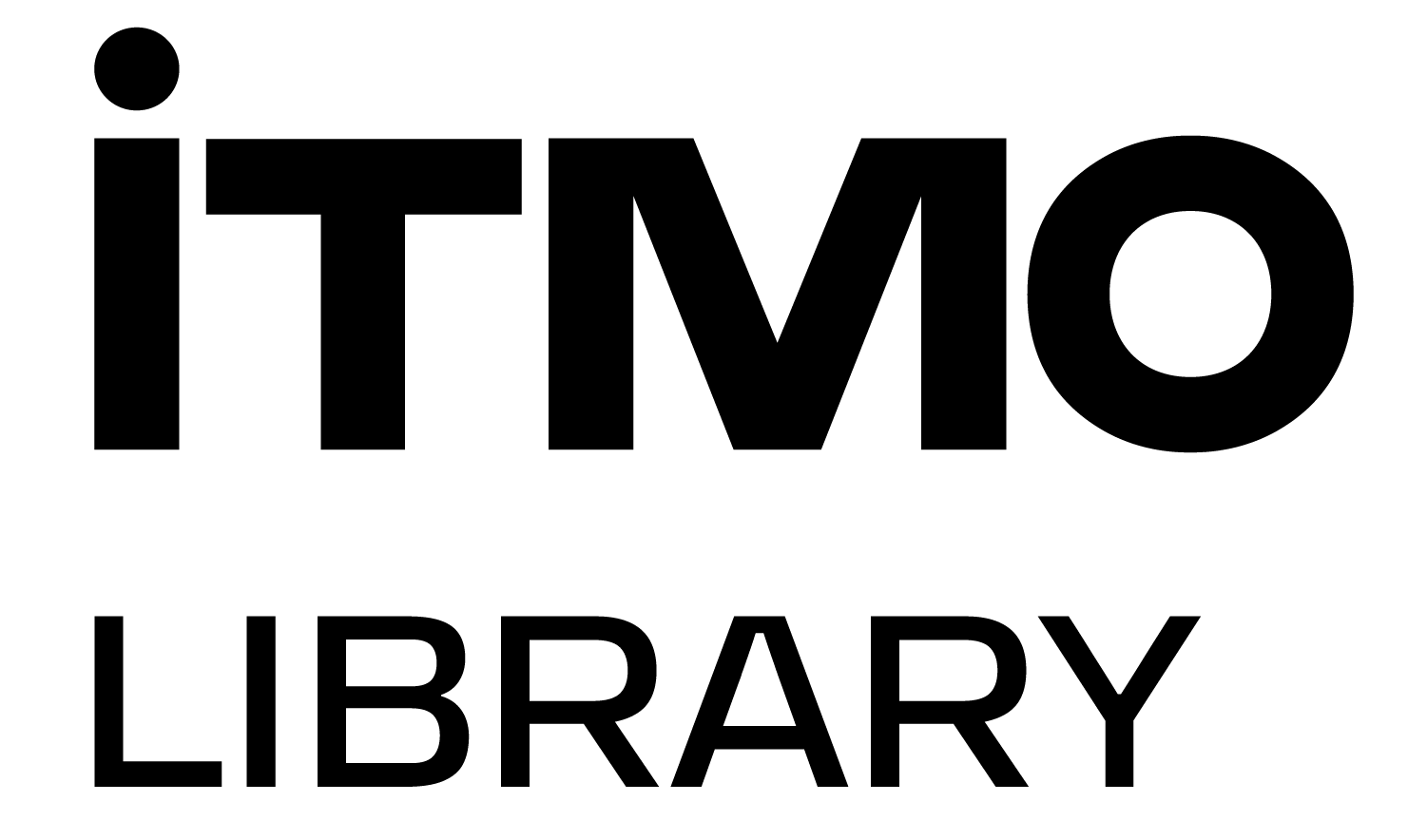In statistics, quartiles (quarters) as a type of quantile divide a range of values into four equal parts.
In scientometrics, quartile is a scientific journal indicator. It uses a similar principle of division into four equal parts and is derived from bibliometric indicators which represent the citation's frequency, that is, the demand for a journal by the academic community.
Quartile division is the simplest way to objectively compare journals from different academic fields based on citation metrics. Scientometricians have noticed that citation patterns vary across academic disciplines. Therefore, to ensure an objective comparison of journals, this factor has to be taken into account.
All journals indexed in the main bibliographic databases of peer-reviewed scientific literature, Web of Science (вставить ссылку на статью) and Scopus, belong to certain academic areas. There are about 250 categories in the Web of Science database, and about 340 in Scopus. Note that one and the same journal can be classified into several thematic categories.
The division into quartiles is based on the assumption that if the calculated indicators do not provide an objective comparison of journals from different subject areas, researchers have to consider the relative position of the journal in terms of the value of the metric within its subject area. Thus, within each individual thematic category of the Web of Science or Scopus databases, journals are ranked by the decreasing value of the calculated journal metric (JIF, SJR, CiteScore, etc.). The list is then divided into four equal parts: the first quartile cuts off 25% of the values, the second one cuts off 50% (median), the third one cuts off 75%. The journals fall into a quartile (quarter): from Q1 (the highest) to Q4 (the lowest). Accordingly, the higher the quartile, the more prestigious the journal is considered.

As mentioned above, a journal can belong to more than one thematic categories, and this can vary both in Web of Science and Scopus. In fact, the journal has several quartile values — for each of the subject areas in both databases. In the latter case formal assessment usually focuses on a higher quartile within the metric taken into account. The figure below shows an example of the difference in quartiles by subject category for the SJR metric calculated for the journal Colloids and Interface Science Communications:

Please note that journal rankings for a given year depend on citations of articles published in those journals in previous years. Therefore, metric values are published with some delay and are calculated only for the journals that have been included in the databases long enough to accumulate some statistical information. In other words, journals that have been included in the Web of Science and Scopus databases only recently may not yet have any indicators and, accordingly, any quartile values.
Scientometricians highlight the following disadvantages of quartiles as an assessment system:
- disputable distribution of journals into thematic categories, as well as the problem of evaluating multidisciplinary journals. This directly affects the quartile where the journal is referred and how it will potentially be perceived by the academic community;
- challenging assessment of the journals with more than one quartile values, and a significant dissipation of values across thematic categories;
- potential bias in the perception of journals. They may have the level of indicators which can differ only slightly but would be located in different quartiles. However, the updated JCR report, published in the summer of 2023, presents the 2022 impact factors (JIF) to the nearest tenth. Previously, the values were calculated up to thousandths. This means a positive change in addressing the issue.
- doubtful adequate assessment of journals with a low number of papers and citations, which results in a range of quartile values from year to year. For such a journal, the quartile cannot be an indicator of prestige. This is a recurrent issue in humanities;
- including journals of dubious quality in databases naturally expands the range by which quartiles are determined. Thus, we can no longer be sure of the quality of journals within the highest quartile.
If you want to know the journal's quartile for the most widely used journal rankings, please see our notes below:



